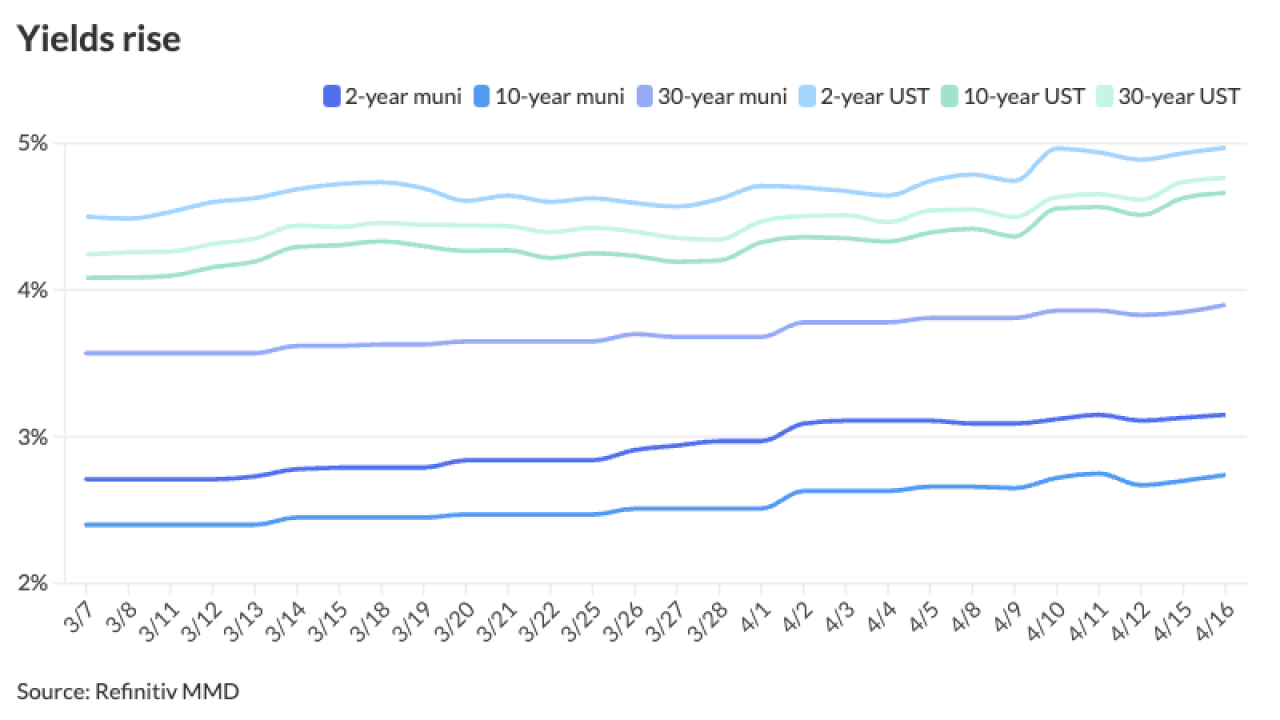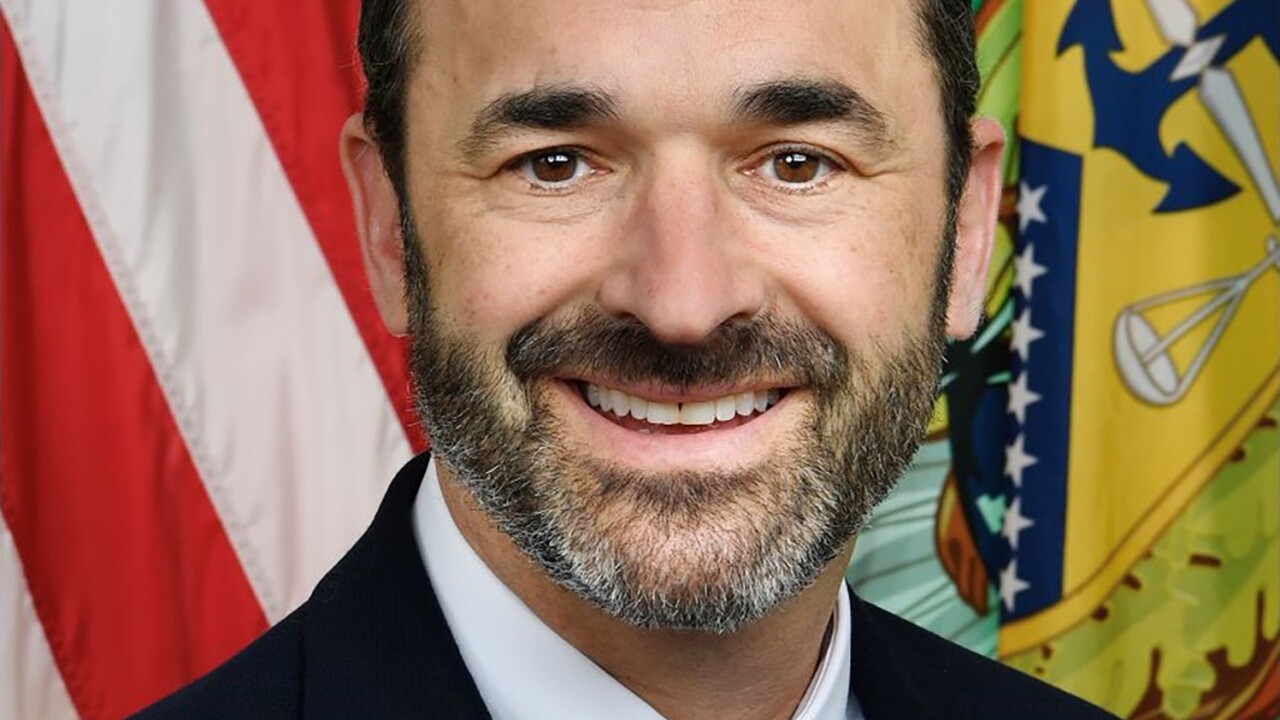Newspapers generally exist to tell the reader something they didn’t know. Lately, as the credit crunch continues to unfold, the task has shifted a bit: Most mornings, I pick up The Bond Buyer and learn that something I thought I knew is wrong. I’m confident I’m not alone. Municipal market participants who have felt increasingly adrift as they watched equity investors hammer bond insurers’ stocks in recent months can be forgiven for sensing that the world had become completely unmoored last Wednesday. That’s when Standard & Poor’s downgraded ACA Capital’s claims-paying ability to triple-C (a move that threatens to trigger collateral-posting requirements and render the company insolvent) and the parent company’s stock more than doubled.Presumably, that’s what happens when the short sellers finally cover in a thinly traded market. But watching that irrational reaction should remind all of the newly minted bond insurance “experts” in the media and across the Web — especially those relying on the credit-default swap market as a crystal ball — that there are a lot of real-world disclosures yet to come before the final story of the subprime market’s impact on this sector can be written.Markets are ubiquitous in our world because they are so effective at allocating scarce resources, risks, and benefits. The New Yorker’s James Surowiecki explored the science behind our confidence in markets in his book, “The Wisdom of Crowds.” But they’re not foolproof, especially when the number of active participants is less of a crowd than a huddle. You have to be careful that you don’t mistake “The Wisdom of Crowds” for “The Panic of the Mob.”Earlier this month, The Bond Buyer held its annual Deal of the Year Awards celebration of innovation in the municipal bond market. We’re proud of this year’s winners — and our track record since 2002 of picking pace-setting deals that lay out structures for other issuers to follow. This year’s overall winner, the certificates of participation that financed the rehabilitation of the Everglades, is a worthy addition to that line.But as we opened the event, I asked the audience to reflect on what stands as one of the greatest innovations ever to spring from the municipal market: bond insurance. Of the 11 deals we honored, seven were insured. Even as the market’s turbulence cost the insurance industry some of its market share in the last two months, it remains on track to cover roughly half of the deals that came to market amidst the record volume in 2007.Issuers didn’t sign those contracts out of charity — adding bond insurance cut their borrowing costs.Today, the public finance departments that created this industry are mostly left to stand on the sidelines, crossing their fingers that the worst of the rumors about what their structured finance brethren guaranteed are not true, and that their corporate managements can make themselves heard over the bearish drumbeat sounding from dozens of Internet sites and other media outlets.But as the struggle plays out, insurance bulls and bears need to remember that the industry is important to the nation and the global financial markets — too important to be downgraded precipitously or dismissed with a glib comparison to Britney Spears.The fact is that the financial models used to predict the risk of assets like mortgages failed. Oddly, from the ashes of that failure, the markets seem eager to put their faith in a new, more stringent series of models and forecasts.But it’s going to take time to see how these mortgages perform in the real world and to truly assess the insurers’ risk of losses. Given their track records, and the fact that there have still been no major defaults on securities that carried triple-A wraps — as of now, not even ACA has recorded claims on its collateralized debt obligation policies — they deserve a little patience and forbearance. And that is exactly what Moody’s Investors Service and Standard & Poor’s offered them last week.There will undoubtedly be more bad news to come — last week we learned of additional CDO exposure at MBIA Insurance Corp. — and already market participants say the insurers’ image had been irrevocably changed. (You’re not likely to hear a broker refer to it as “sleep insurance” in the near future.) Improving transparency and maintaining constant surveillance will be crucial in the coming months and years, and those efforts will come at a cost — the industry’s profit margins are likely to be forever changed.But some insurers will emerge unscathed and even strengthened, others will adjust their business models, and there are likely to be new entrants. Perhaps we’ll even see a reassessment of the conventional wisdom that a true monoline, municipal-bond-only insurer is not viable.But amid those valid questions, we need to remember the lesson of the issuers we honored this year. This market works very well at giving municipal governments access to capital at the lowest possible cost. That model, including bond insurance, has saved money for every taxpayer in America.That shouldn’t be thrown away without a fight.Michael Stanton is the publisher of The Bond Buyer. He encourages you to comment on this column or any other aspect of the paper at The Bond Blogger, blog.bondbuyer.com.
-
"April has been one of the worst-performing months over the past five years, which we believe warrants continued caution," BlackRock strategists said.
3h ago -
The public finance industry has been tracking the growth of the IRS budget with concerns that funding boosts would translate into higher audit rates for bond transactions.
3h ago -
Los Angeles Mayor Karen Bass aimed high in her State of the City speech just days before she will release a budget that needs to close a nearly half-billion-dollar deficit.
4h ago -
"We believe in this," Transportation Secretary Pete Buttigieg said.
5h ago -
The firm said Saporito's hiring is among several other additions made to beef up Wells Fargo's commitment to munis.
9h ago -
While Kansas' sales tax and revenue (STAR) bond program recorded its first default late last year, Bonner Springs is considering using it for a development that includes a Mattel toy-themed amusement park.
11h ago





